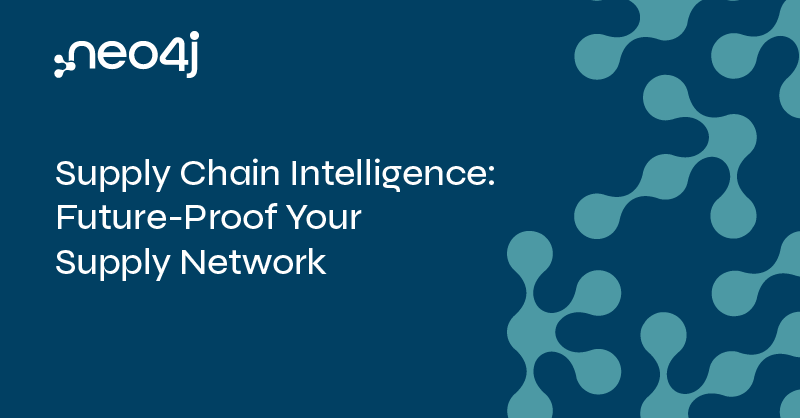eBay’s Competitive Advantage in Same-Day Delivery Using Neo4j

Vice President, Product Marketing
3 min read

 From toys and ties, to slippers and iPhones, eBay is a major e-commerce hub. But with other online retailers offering same-day delivery (such as Amazon Prime or Google Express), eBay knew it needed to step up its game with a same-day delivery service of its own.
From toys and ties, to slippers and iPhones, eBay is a major e-commerce hub. But with other online retailers offering same-day delivery (such as Amazon Prime or Google Express), eBay knew it needed to step up its game with a same-day delivery service of its own.
That’s when eBay acquired Shutl, the next-generation platform that eliminates the biggest roadblock between retailers and online shoppers: the option to have your item delivered the very same day. After the acquisition, eBay rebranded Shutl to “eBay Now.”
So how did eBay Now gain competitive advantage in the same-day delivery market? They used Neo4j.
In this series on sustainable competitive advantage, we’ll cover how graph databases give your enterprise an edge when it comes to insights from data relationships. In past weeks, we’ve discussed how graph databases ensure sustainable competitive advantage, different approaches to developing applications with connected data, how Gamesys leveraged Neo4j for competitive advantage and how Walmart used Neo4j for retail competitive advantage.
This week, we’ll take a closer look at how eBay was able to enter the highly competitive same-day delivery market with a delivery routing solution powered by Neo4j.
The Complex Challenges of Same-Day Delivery Routing
The eBay Now platform (currently only available in the UK) coordinates deliveries between stores, couriers and shoppers on a 24/7 schedule. Dispatching from point-of-sale, the service handles logistics for pickup and delivery based on customer preference — usually within two hours, or within a specified one-hour window scheduled by the customer.
The challenge: eBay Now grew exponentially, with coverage expanding to 85% of the UK. With such an influx of users, the eBay Now development team needed to revamp their service platform in order to support the explosive growth in data and new features.
Their current MySQL solution was too slow and too complex to maintain, especially with the number of SQL joins required. As a result, the queries for selecting the best courier were taking too long to remain competitive.
Volker Pacher, a senior developer for eBay, believed a graph database could be added to the existing service-oriented architecture and services structure, to solve the performance and scalability challenges.
The team turned to Neo4j as the best solution.
Powering eBay Now with Neo4j
Neo4j was selected for its flexibility, speed and ease of use, plus its property graph model harmonized with the domain being modeled. The schema-flexible nature of the database also allowed easy extensibility, which significantly sped up development.
“Our Neo4j solution is literally thousands of times faster than the prior MySQL solution, with queries that require 10-100 times less code,” said Volker. “At the same time, Neo4j allowed us to add functionality that was previously not possible.”
Cypher allowed queries to be expressed in a very compact and intuitive form, speeding development. The team was able to take advantage of existing code, using a Ruby library for Neo4j that also supports Cypher.
The Result: Competitive Advantage in the Same-Day Delivery Market
The new eBay Now platform using jRuby, Sinatra, MongoDB and Neo4j delivers fast transactions with relatively constant performance, with a data model that allows queries to remain localized to their respective portions of the graph.
“We achieved constant query performance by using Neo4j to create a graph that is its own index,” explained Pacher. “That’s awesome development flexibility.”
The reimagined platform behind eBay Now – delivered on time within one year from inception – provides ultra-fast transactions with consistently reliable performance. With easy and fast queries, the platform seamlessly supports future expansion of the business so eBay can continue to innovate and achieve sustainable competitive advantage.
Download this white paper, Sustainable Competitive Advantage: Creating Business Value through Data Relationships, and discover how your company can use graph database technology to leave your competition behind.
Catch up with the rest of the sustainable competitive advantage series:








